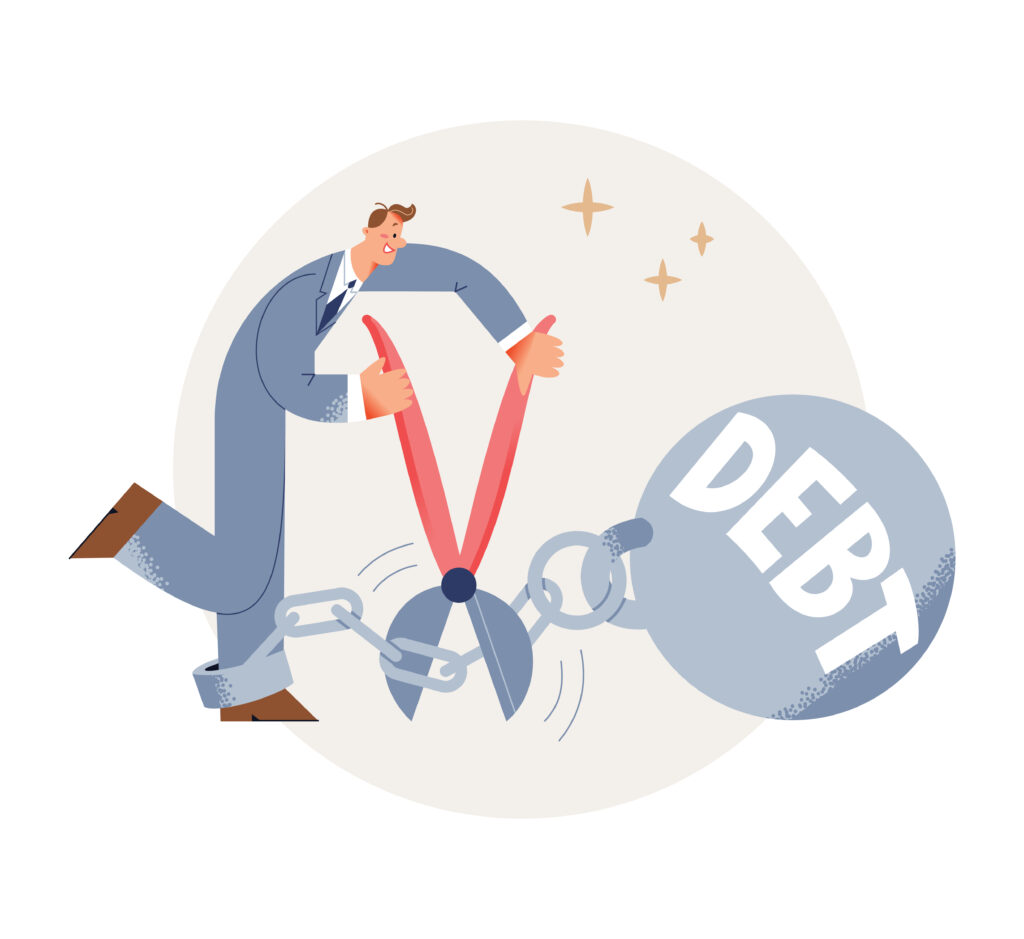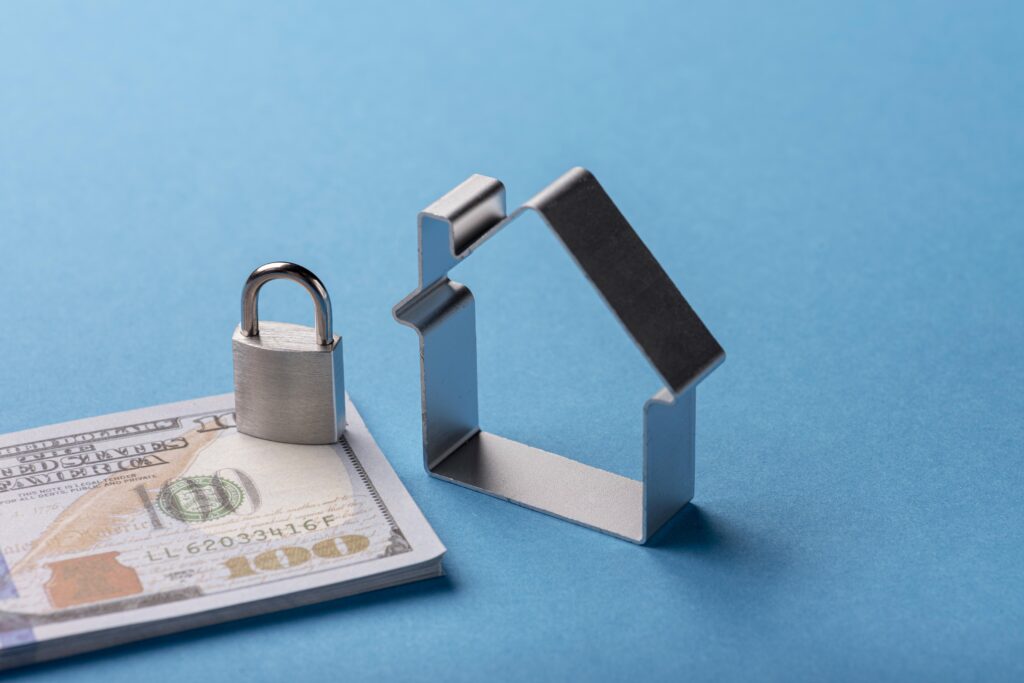The world of personal finance distinguishes between different types of debt which have distinct characteristics. The distinction between secured and unsecured debt determines your available repayment choices and interest rates and the penalties that come with non-payment. Your financial stability depends on understanding the differences between secured and unsecured debt and learning proper methods to manage each type.
The following article explains secured vs unsecured debt by presenting their advantages and disadvantages and showing effective methods to eliminate them without causing future financial harm.
What Is Secured Debt?
The lender holds collateral as security for secured debt because they can seize this asset when you default on payments. The following examples demonstrate secured debt:
- Mortgage loans (collateral: your home)
- Auto loans (collateral: your vehicle)
- Secured personal loans (collateral: savings account, CDs, or property)
Advantages:
- Lower interest rates
- Higher borrowing limits
- Easier approval with lower credit scores
Risks:
- Loss of the asset if you default
- Possible deficiency balance if the collateral’s sale doesn’t cover the loan
What Is Unsecured Debt?
The debt exists without any form of collateral. The lender depends only on your credit history to grant the loan. Examples include:
- Credit cards
- Personal loans without collateral
- Medical bills
- Student loans
Advantages:
- No risk of losing physical property
- Faster application and funding
Risks:
- Higher interest rates
- Stricter credit score requirements
- Legal actions or wage garnishment if unpaid
Secured vs. Unsecured Debt: Comparison Table
| Feature | Secured Debt | Unsecured Debt |
|---|---|---|
| Collateral Required | Yes | No |
| Interest Rates | Lower | Higher |
| Risk for Borrower | Asset loss | Lawsuits, wage garnishment |
| Approval Difficulty | Easier (with collateral) | Harder (depends on credit score) |
| Typical Examples | Mortgage, auto loan | Credit cards, personal loans |
Repayment Strategies
For Secured Debt:
- Make timely payments because non-payment will result in asset loss.
- Refinancing should be considered to achieve lower interest rates.
- Selling the asset becomes an option when you cannot afford payment obligations because it helps decrease your debt amount.
For Unsecured Debt:
- Start by paying off debts with the highest interest rates through the avalanche method.
- Debt consolidation offers a solution to combine multiple debts into one loan with a lower interest rate (check out our Debt Consolidation guide).
- Negotiate with creditors — request lower interest or payment plans.

Real-World Example
Case Study:
James carried $15,000 in unsecured credit card debt with a 22% interest rate and a $10,000 secured auto loan with a 5% interest rate. He started by focusing on credit card debt elimination which resulted in saving $2,500 in interest payments during two years. He refinanced his auto loan to 3% interest which reduced his monthly payments and allowed him to save more money.
FAQ
Q1: Is unsecured debt always worse than secured debt?
Not necessarily — unsecured debt has no risk of losing physical assets, but higher interest rates make it more expensive over time.
Q2: Can secured debt be converted into unsecured debt?
Generally, no. However, refinancing might change loan terms to remove collateral requirements.
Q3: Which debt should I pay first — secured or unsecured?
Pay high-interest unsecured debt first, but never miss secured debt payments to avoid asset loss.
Q4: Will debt consolidation affect my credit score?
It can cause a small temporary drop, but long-term responsible repayment often improves your score (learn more in our article on How to Consolidate Credit Card Debt Without Hurting Your Credit Score).
The distinction between secured and unsecured debt requires your attention to safeguard your financial well-being. Secured loans provide lower interest rates but they require you to risk valuable possessions. Unsecured debt provides flexibility but usually comes with higher expenses and forceful collection methods.
The right repayment approach for each debt type will help you reduce financial dangers while preserving your credit rating and achieving debt elimination.
References
- Investopedia – Secured vs. Unsecured Loans: What’s the Difference?
- Investopedia – What Is a Secured Loan? How They Work, Types, and How To Get One
- Investopedia – What Is an Unsecured Loan?

Hi, I’m Fernando Pham, and welcome to WhyDetails.com! I’m from San Francisco, and I love exploring questions and sharing answers through my blog.



